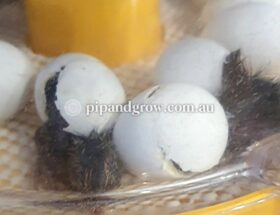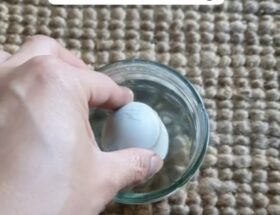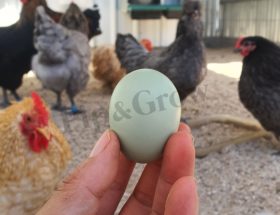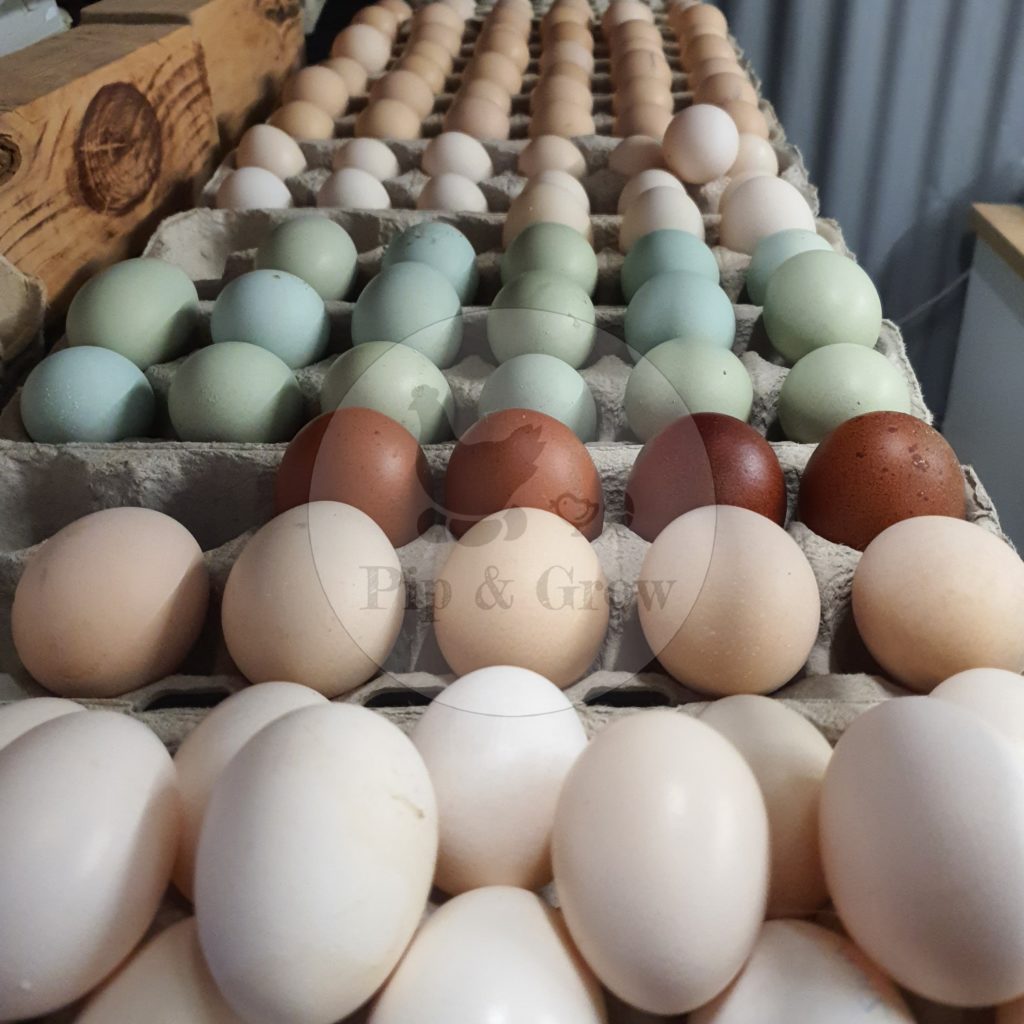
“Resting” fertile egg myth
The myth of “resting” fertile eggs suggests that eggs, whether freshly laid or having undergone transportation, should be left to settle for 12-24 hours, with some proponents advocating for even longer resting periods. Despite its prevalence, there’s little to no scientific evidence supporting its efficacy. The belief is that this process allows the eggs to acclimate after travel and enhances their viability rates.
However, the reality is quite different. Fertile chicken eggs are actually most viable when they are fresh. Delaying incubation can lead to a decline in fertility as the eggs age. Furthermore, any potential damage to the eggs during transport or handling cannot be repaired by simply allowing the eggs to rest. Eggs do not have the ability to heal themselves, and any internal damage would likely still affect their viability regardless of resting time.
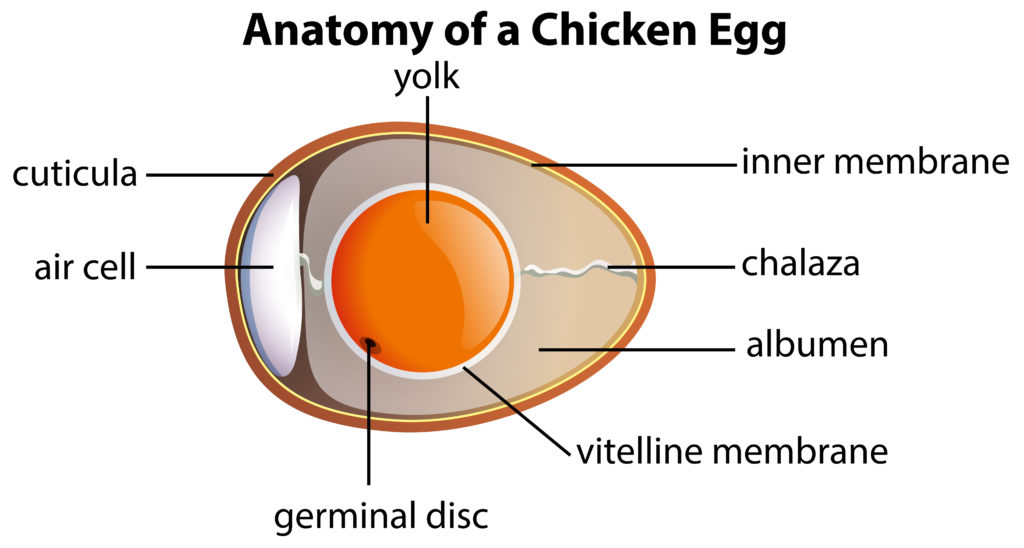
One of the most common problems encountered with shipped fertile eggs is internal damage, despite careful packaging and intact exterior appearance upon arrival. While the eggs may appear undamaged externally, they can still suffer internal damage during transit. This damage can occur in various ways, such as being jostled on sorting belts, dropped, or shaken during transportation.
Internal trauma can vary in severity. Some eggs may have a completely ruptured yolk internally, rendering them unsalvageable. Others may experience damage to the membrane, resulting in an air bubble meant to be solidly positioned at the round end of the egg floating around inside the shell, occasionally becoming partially detached or completely free-floating.
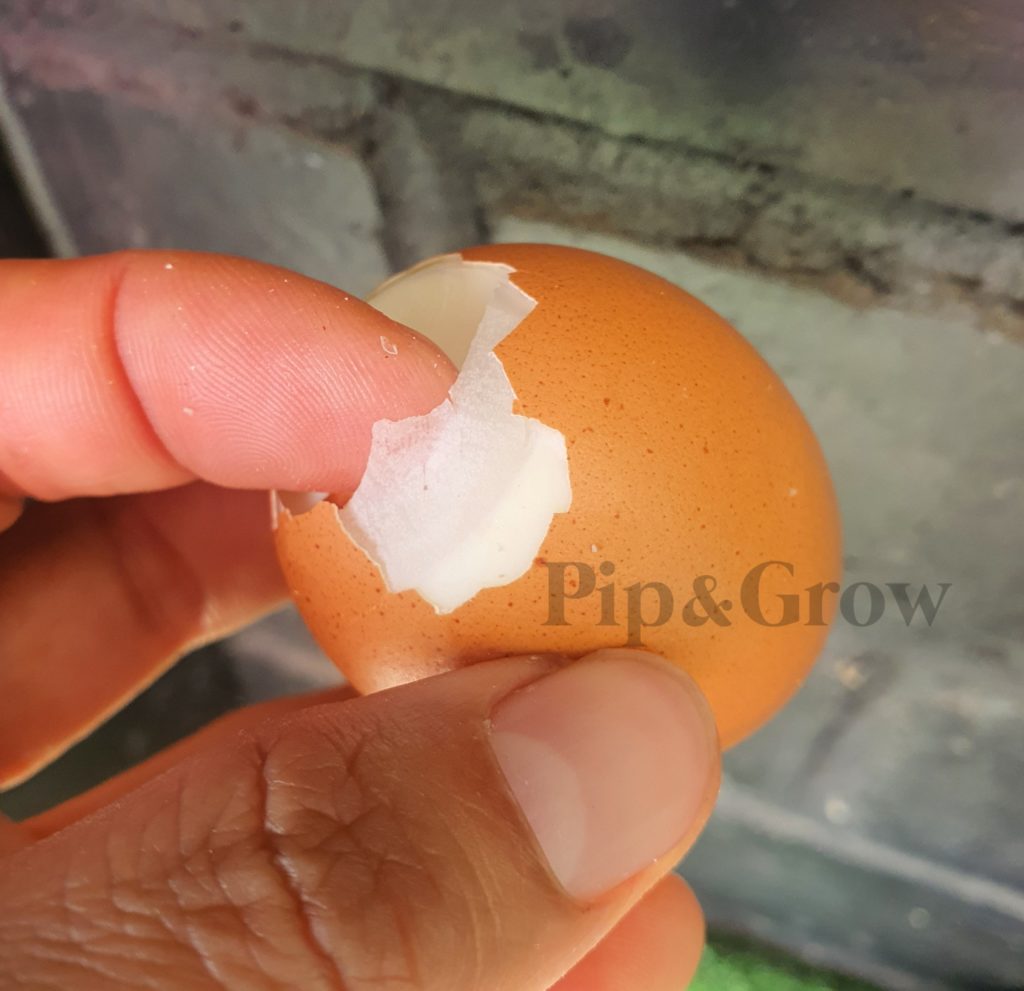
Once the inner membrane of the egg, which is supposed to adhere to the inside of outer membrane, is damaged partially or fully, and an air bubble infiltrates between the membranes, it represents a tear in the egg’s protective structure. This damage cannot be reversed or healed by resting or any other means. Leaving the eggs to rest in the hopes that the damage will somehow settle or repair itself is not only futile but potentially detrimental. In fact, it can hasten the aging process of the eggs, making them less viable over time. Additionally, it provides a window for bacteria to proliferate, further compromising the egg’s integrity.
Some suggest that eggs “heal” during incubation, but this is not entirely accurate. As the embryo grows within the shell, it fills the available space, which can give the appearance of the air cell becoming solid and the membrane appearing to have healed. However, this is not a process of actual healing by the membrane itself.
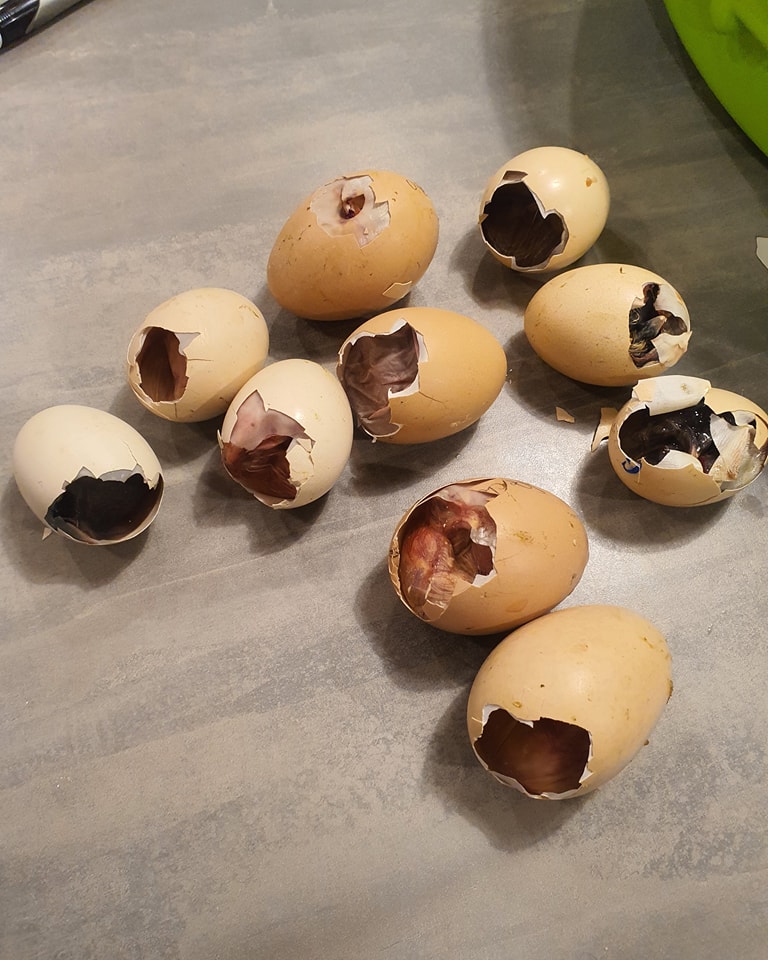
Once incubation begins, the outcome is largely determined by the condition of the eggs and the quality of the incubation process. Eggs with varying degrees of internal damage may still initiate development, but their progress can be hindered at different stages.
Some eggs may start to develop despite internal damage but may cease development before reaching day 7 of incubation. Others may progress further, but incomplete vein development or partial filling of the egg can affect embryo growth. These eggs may struggle during late incubation stages, often dies before lockdown or failing to fully emerge from the shell.
While some embryos may appear healthy and promising throughout incubation, they may still fail to hatch due to insufficient development strength. It’s not uncommon to observe deformities in chicks hatched from shipped eggs, particularly when the inner membrane—the site of vein growth, blood flow, and embryo development—is damaged to some extent.
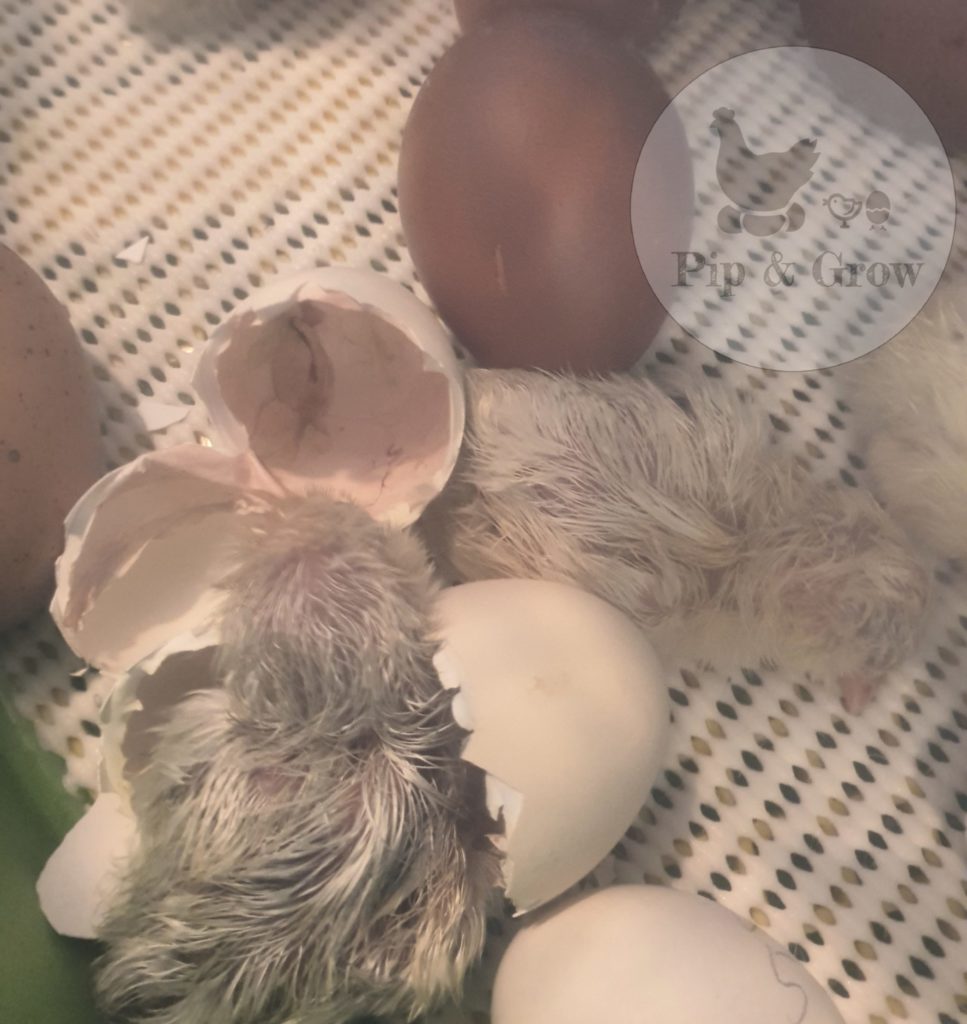
Nonetheless, there are consistently resilient individuals that can surpass the obstacles presented by shipping, x-rays, and other challenges. Hence, there remains hope for successful hatching. However, the result is primarily influenced by the arrival condition of the eggs and the quality of care during incubation, rather than any effect of “resting” eggs.
Experienced breeders, ourselves included, along with many from newer generations, have conducted numerous hatches and observed no discernible benefits from resting eggs. Based on this collective experience, it’s evident that resting eggs is unnecessary and may even be counterproductive in maximizing viability. Promptly incubating the eggs provides the best opportunity for any viable embryos to activate and develop, potentially leading to better outcomes.
